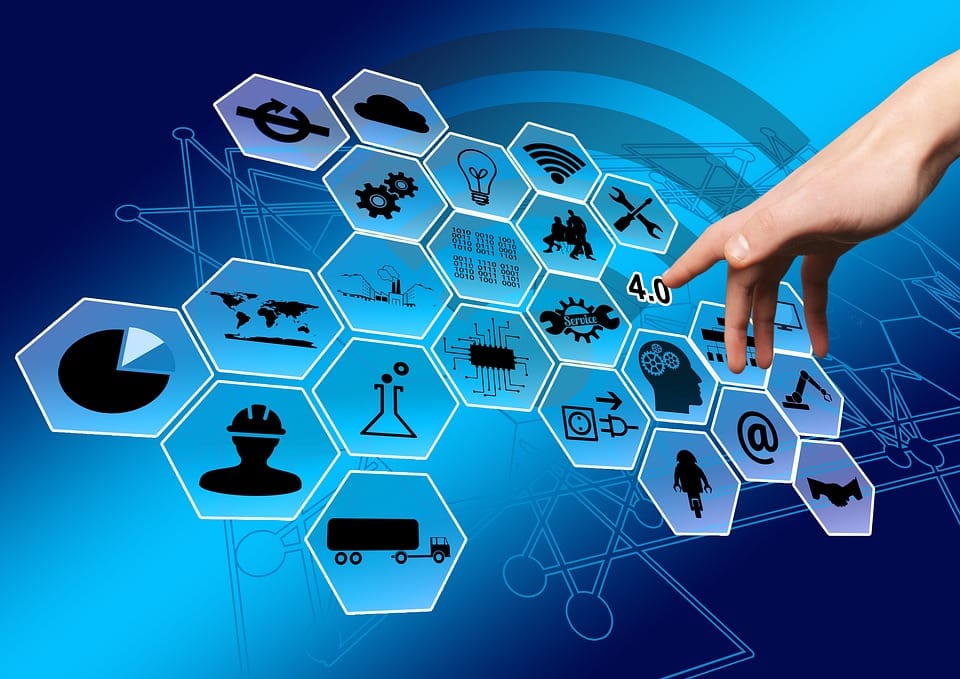Blockchain technology has come a long way since its inception in 2008 by an unknown person or group of people under the pseudonym Satoshi Nakamoto. Originally created for the digital currency Bitcoin, blockchain has since evolved into a revolutionary technology with the potential to transform various industries. This article aims to explore the evolution of blockchain and provide insights into its future.
Isi Kandungan
1. Introduction to Blockchain
Blockchain is a decentralized, distributed ledger technology that enables secure and transparent transactions without the need for intermediaries. It consists of a chain of blocks, each containing a list of transactions. These blocks are linked together using cryptographic hash functions, making it virtually impossible to alter the data stored on the blockchain.
2. The Evolution of Blockchain
2.1. Blockchain 1.0: Cryptocurrencies
The first generation of blockchain, also known as Blockchain 1.0, was primarily focused on digital currencies like Bitcoin. It provided a decentralized system for peer-to-peer transactions, eliminating the need for traditional banking institutions.
2.2. Blockchain 2.0: Smart Contracts
Blockchain 2.0 introduced the concept of smart contracts, which are self-executing contracts with the terms of the agreement directly written into code. This allowed for the automation of tasks and the creation of decentralized applications (DApps) on the blockchain.
2.3. Blockchain 3.0: Enterprise Solutions
Blockchain 3.0 is characterized by the integration of blockchain technology into enterprise solutions. Companies are exploring ways to leverage blockchain for supply chain management, identity verification, and secure data sharing. This has led to the development of private or permissioned blockchains tailored for specific use cases.
3. The Future of Blockchain
As blockchain continues to evolve, several trends are shaping the future of this technology:
- Rise of Central Bank Digital Currencies (CBDCs)
- Interoperability between different blockchains
- Integration of Artificial Intelligence (AI) with blockchain
- Enhanced security and privacy features
4. Conclusion
Blockchain technology has undergone a remarkable evolution since its inception, moving from cryptocurrencies to smart contracts and enterprise solutions. The future of blockchain holds promise for transforming various industries and revolutionizing the way we conduct transactions. As the technology continues to mature, it will be interesting to see how blockchain shapes the future of finance, healthcare, supply chain management, and beyond.
5. Frequently Asked Questions (FAQs)
Q: What is blockchain technology?
A: Blockchain is a decentralized, distributed ledger technology that enables secure and transparent transactions without the need for intermediaries.
Q: How does blockchain work?
A: Blockchain works by creating a chain of blocks, each containing a list of transactions. These blocks are linked together using cryptographic hash functions, making it virtually impossible to alter the data stored on the blockchain.
Q: What are some potential use cases for blockchain technology?
A: Some potential use cases for blockchain technology include supply chain management, identity verification, secure data sharing, and decentralized applications (DApps).
Q: How is blockchain technology evolving?
A: Blockchain technology is evolving through the integration of smart contracts, enterprise solutions, central bank digital currencies (CBDCs), and advancements in security and privacy features.
